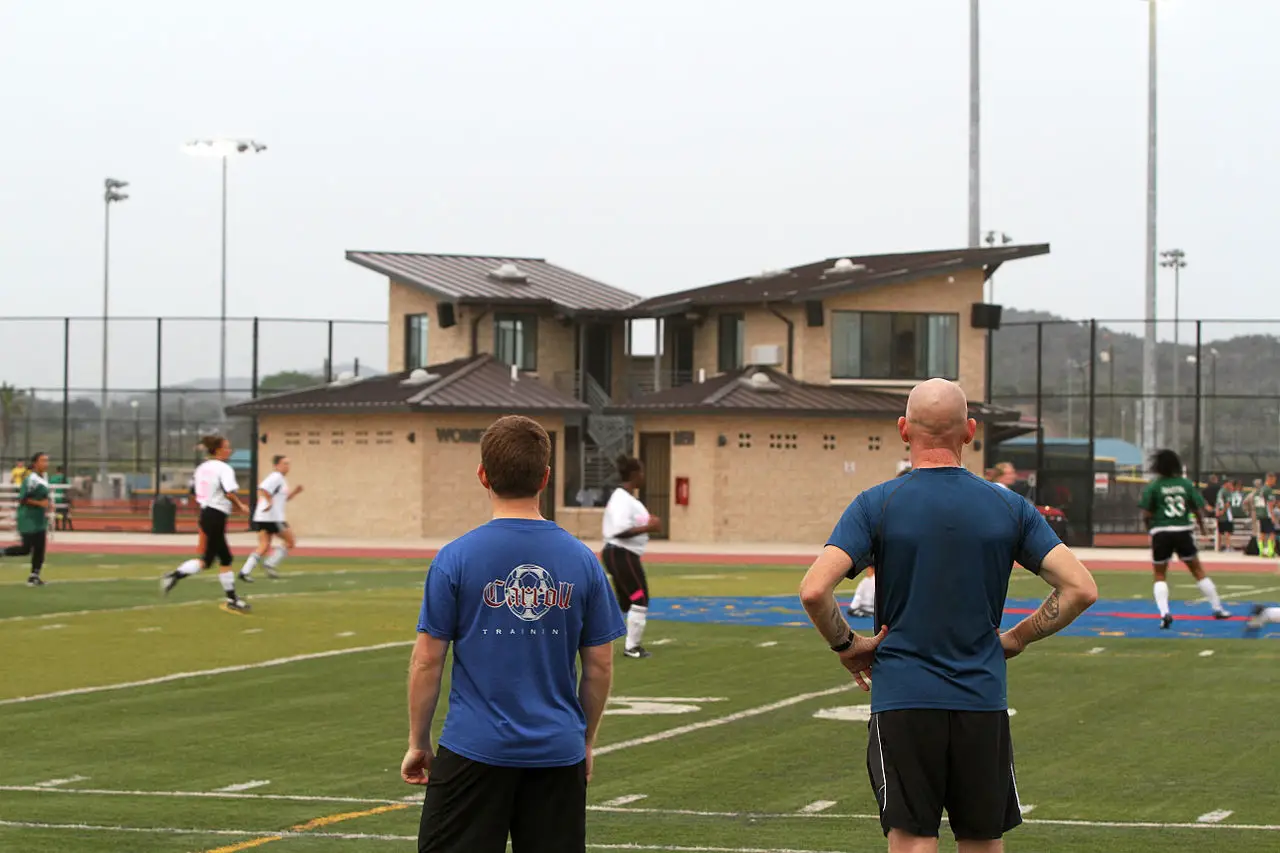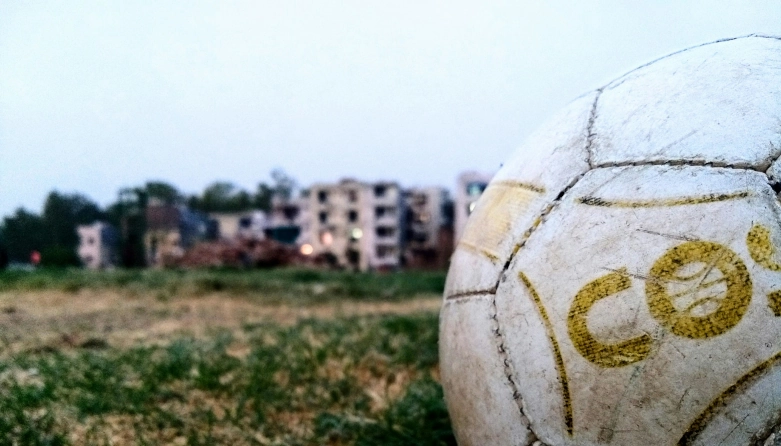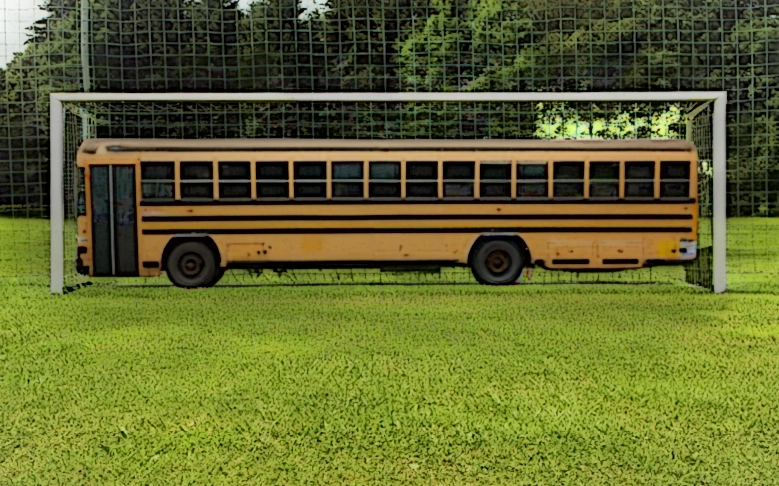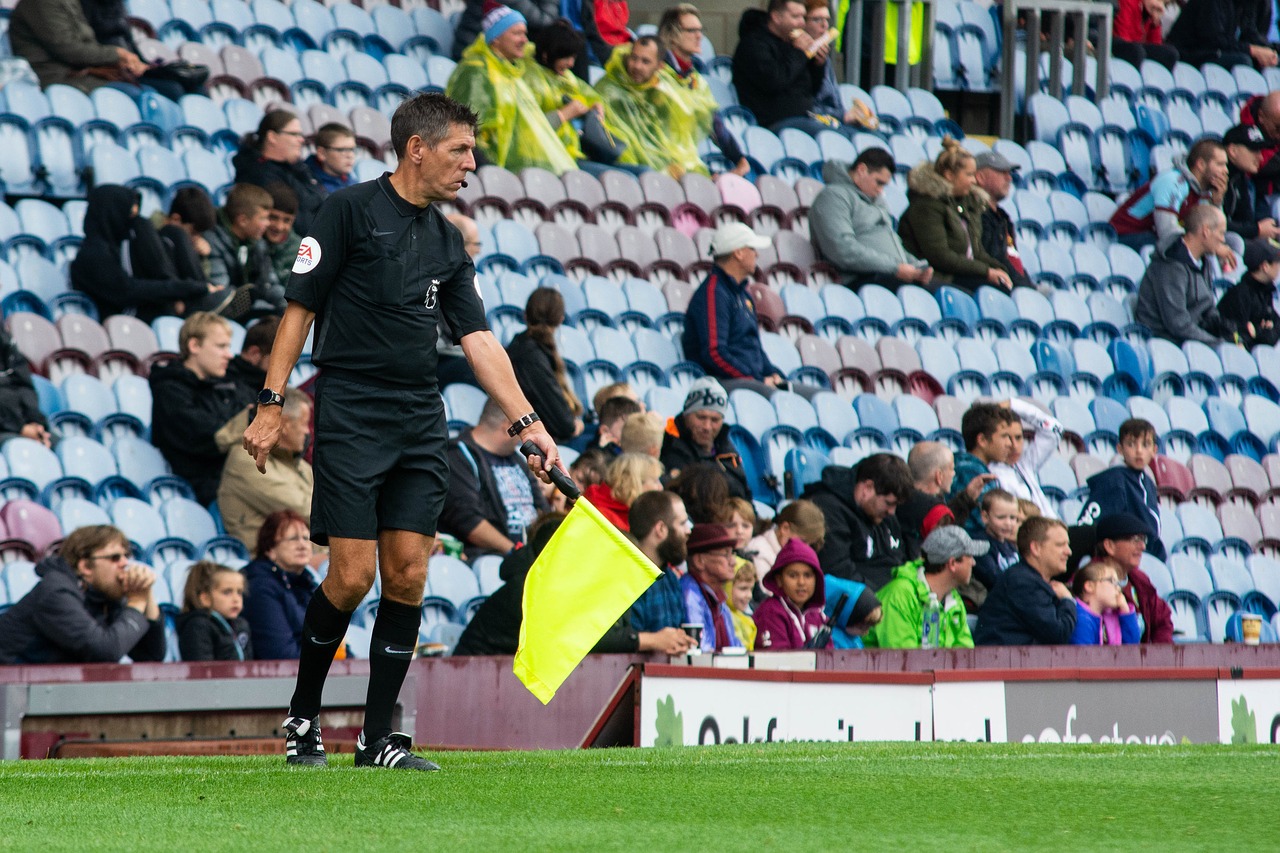Football training methods: Analytical vs Global

FIFA recommends to structure grassroots football sessions using the GAG method. But, what does this mean? To help answering this question, this post details the two main football training methods: analytical and global.
If you followed this blog, you probably noticed that most of the drills I share involve some sort of small football game. The reason is quite simple, players that compete in amateur teams (Sunday leagues) are not very keen on boring training sessions. They play the game to forget about their daily lives. If their main objective was to build up muscle or increase their endurance, they would join a gym or run every morning.
It is simple, amateur players just want to play the game. The same applies to youth players. Include a number of boring, repetitive exercises, and you will see your attendance numbers drop quickly.
Lack of engagement and low training attendance at grassroots level has been highlighted by many national federations. That is why FIFA recommends the GAG (Global-Analytical-Global) approach for training sessions. As its name implies, GAG is the combination of analytical and global training methods. In a nutshell, global drills involve real game scenarios in the shape of mini-games while analytical drills focus on isolated aspects of the game. Let’s analyze these methods in more detail.
Analytical method
The analytical method isolates elements of the game. This method focuses on one aspect at a time: technique, tactics or body conditioning. The idea is that players automate movements by learning a concept through repetition.
This training method was very popular 25 years or more ago. It was very common to have a body conditioning section, then a section to repeat over an over passing or shooting drills, and finishing with a small game to put in practice some tactical concepts.
Advantages
- Drills are simple and easy to organise.
- Goals are achieved quickly trough repetition.
- The same task can be executed by the whole team at once.
- Automates movements and techniques.
Disadvantages
- Emphasis only on one skill at the time.
- Isolates cognitive aspects of the game.
- Doesn’t provide overall development of the player.
- Limits the creativity of the player.
- It is not focused on the essence of the game.
- Motivation to attend training is lower than for global methods or games.
Global method
The global method simulates real game situations. It involves opponents and team mates. It is call “global”, because they do involve analytical aspects such as body conditioning and tactics but trough drills that simulate game scenarios.
For example, in a previous post we described the box game. From a tactical perspective, this game teaches teams to transition from defense to attack in an orderly manner. To achieve this, players need to improve their passing technique. In addition, the nature of the game makes it an intensive exercise that increases stamina and speed. All of these while playing against an opponent. Therefore, the box is a global training method.
Advantages
- All aspects of the game are put into practice: technique, tactics, cognition and body conditioning.
- Improvements in training are directly transferred to real game.
- High levels of motivation
Disadvantages
- Mastery of fundamental skills is often neglected
- Not enough in formative years. Repetition of basic football techniques is hard to achieve.
Global – Analytical – Global
While the global method is great for motivation and the concepts taught are easy to translate to a real game, it is not enough in formative years and at professional levels. That is why FIFA recommends the GAG method, which is effectively the combination of global and analytical methods. The name is self-explanatory: the session starts with a global exercise as warm-up, an analytical drill follows and the session is finished with another global exercise. For example, a GAG session could look like:
- Global: Rondo
- Analytical: Wall passing with third man running
- Global: Attack vs defense
So, if you and your friends are weekend warriors, you have no excuses to avoid training. You can keep your trainings fun and simple, and still benefit from it. For example, our over 35 team only uses the global methodology. We play a small game to get us prepare for the weekend, often a defense vs attack drill, and we close the session with a 7 aside game with limited number of touches. By doing this, attendance to training has increased and our game dramatically improved. If you choose this methodology, remember to always warm-up at the beginning of each session.



